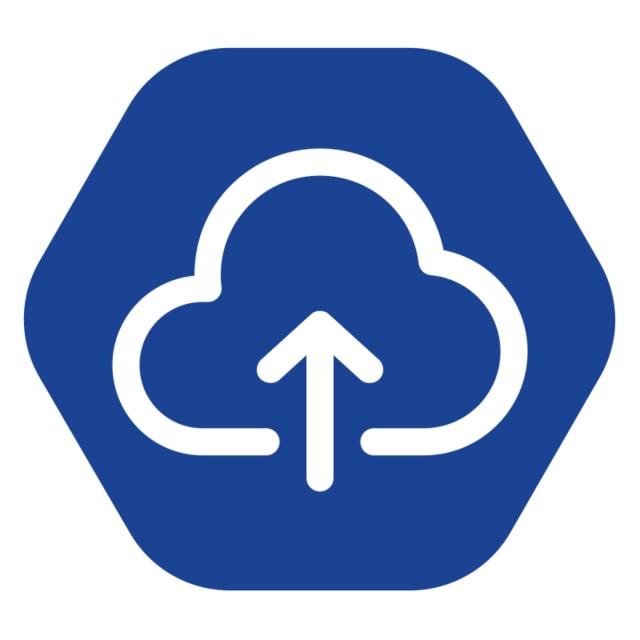MOOC List is learner-supported. When you buy through links on our site, we may earn an affiliate commission.

MOOC List is learner-supported. When you buy through links on our site, we may earn an affiliate commission.
Next, this course introduces the machine learning tools available in Microsoft Azure. We'll review standardized approaches to data analytics and you'll receive specific guidance on Microsoft's Team Data Science Approach. As you go through the course, we'll introduce you to Microsoft's pre-trained and managed machine learning offered as REST API's in their suite of cognitive services. We'll implement solutions using the computer vision API and the facial recognition API, and we'll do sentiment analysis by calling the natural language service.
Using the Azure Machine Learning Service you'll create and use an Azure Machine Learning Worksace.Then you'll train your own model, and you'll deploy and test your model in the cloud. Throughout the course you will perform hands-on exercises to practice your new AI skills. By the end of this course, you will be able to create, implement and deploy machine learning models.
What You Will Learn
- Define Artificial Intelligence and Machine Language
- Describe AI tools and roles, and the Microsoft Team Data Science Process
- Work with Azure APIs, including those for vision, language, and search
- Create, train, test and deploy your AI model in the cloud
Syllabus
WEEK 1
Introduction to Artificial Intelligence
This module introduces Artificial Intelligence and Machine learning. Next, we talk about machine learning types and tasks. This leads into a discussion of machine learning algorithms. Finally we explore python as a popular language for machine learning solutions and share some scientific ecosystem packages which will help you implement machine learning. By the end of this unit you will be able to implement machine learning models in at least one of the available python machine learning libraries.
WEEK 2
Standardized AI Processes and Azure Resources
This module introduces machine learning tools available in Microsoft Azure. It then looks at standardized approaches developed to help data analytics projects to be successful. Finally, it gives you specific guidance on Microsoft's Team Data Science Approach to include roles and tasks involved with the process. The exercise at the end of this unit points you to Microsoft's documentation to implement this process in their DevOps solution if you don't have your own.
WEEK 3
Azure Cognitive APIs
This module introduces you to Microsoft's pretrained and managed machine learning offered as REST API's in their suite of cognitive services. We specifically implement solutions using the computer vision api, the facial recognition api, and do sentiment analysis by calling the natural language service.
WEEK 4
Azure Machine Learning Service: Model Training
This module introduces you to the capabilities of the Azure Machine Learning Service. We explore how to create and then reference an ML workspace. We then talk about how to train a machine learning model using the Azure ML service. We talk about the purpose and role of experiments, runs, and models. Finally, we talk about
Azure resources available to train your machine learning models with. Exercises in this unit include creating a workspace, building a compute target, and executing a training run using the Azure ML service.
WEEK 5
Azure Machine Learning Service: Model Management and Deployment
This module covers how to connect to your workspace. Next, we discuss how the model registry works and how to register a trained model locally and from a workspace training run. In addition, we show you the steps to prepare a model for deployment including identifying dependencies, configuring a deployment target, building a container image. Finally, we deploy a trained model as a webservice and test it by sending JSON objects to the API.
MOOC List is learner-supported. When you buy through links on our site, we may earn an affiliate commission.
MOOC List is learner-supported. When you buy through links on our site, we may earn an affiliate commission.
